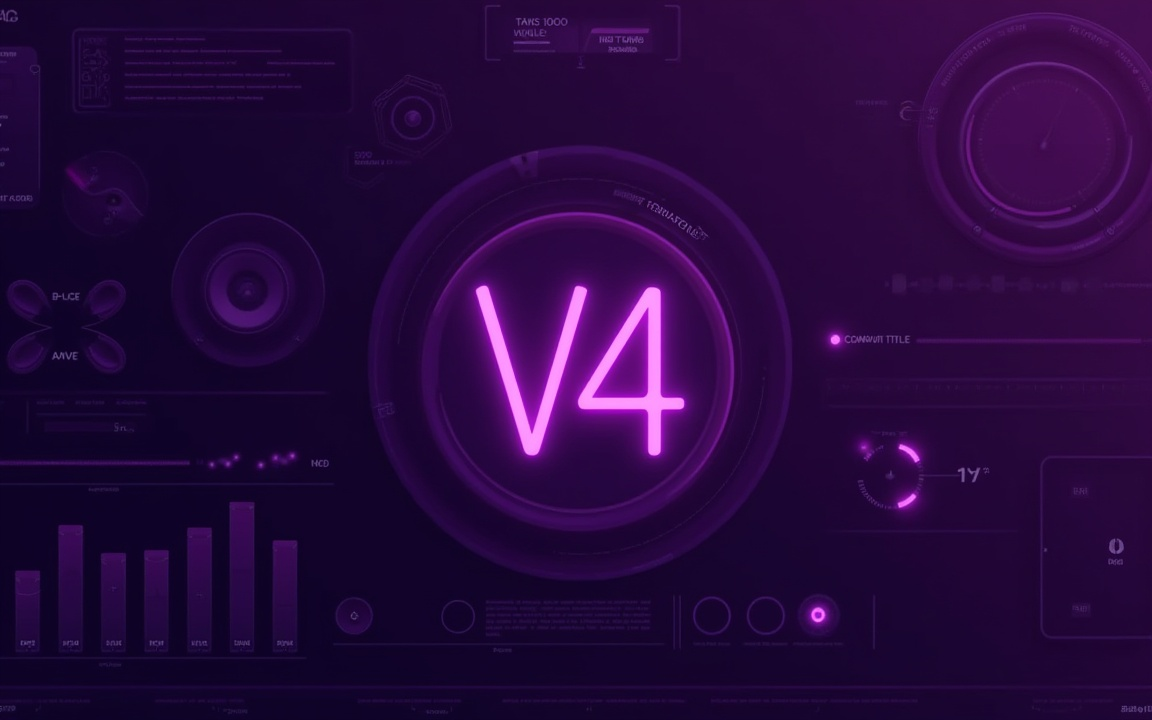- The upgrade introduces unified Liquidity Hubs to replace fragmented markets.
- Spokes introduces modular credit setups with independent risks.
- V4 aims to improve capital efficiency and open new areas for developers.
Credit protocol Aave is preparing for one of the most groundbreaking upgrades.
Two days after unveiling a mobile savings app, the team has released the testnet of the update, signaling progress towards Aave V4, which aims to change the way liquidity moves within the protocol.
Aave V4 testnet, featuring a developer preview of our new interface, Aave Pro, is now live. pic.twitter.com/q7ltPy0pxC
— Aave (@aave) November 19, 2025
V4 will replace the common multi-market system with an innovative, unified ‘Hub and Spoke’ architecture.
The version 4 update aims to transform the way decentralized finance lending works, prioritizing developers looking to launch venture markets or experiment with assets that don’t fit perfectly into Aave’s current structure.
The official blog marked:
Each L1 or L2 will have at least one Aave V4 Liquidity Hub, with the option for multiple Hubs per network. Spokes enable more experimentation within these ecosystems without liquidity becoming a limiting factor. This design makes it easier to support new risk profiles and enable innovation without fragmenting liquidity, while also providing a way to seed liquidity for new Spokes.
To understand why the V4 upgrade is important, let’s take a look at how Aave V3 works and what challenges drove the team to seek a flexible model.
A look at Aave V3
Each market works independently in Aave version 3.
Implementations such as Ethereum Prime and Ethereum Core maintain their own asset lists and liquidity pools.
Individuals supply a specific market and can only borrow through that route.
While this structure is helpful in separating risks, it creates some critical limitations.
For example, liquidity tied up in one market may not support borrowing in another market.
Building new markets also requires building funds from the ground up.
That slows down adoption and fragments the entire user base.
Moreover, governance becomes challenging and experimentation becomes tougher as each individual market needs its unique pool.
The Aave team added:
It also limits economies of scale in lending and makes it more difficult to support new assets or implement unique lending configurations, which ultimately become siloed and more difficult to use.
A unified liquidity hub to replace independent markets
Meanwhile, version 4 overhauls the Aave lending ecosystem with a Liquidity Hub, a shared pool that includes assets across the platform.
The innovative hub acts as the single source of liquidity and ensures that borrowers and suppliers leverage the same capital base and replace segmented capital bases.
Most importantly, users will not interact directly with the Hub, although all deposits will eventually end up there.
The Hub takes care of everything, including interest calculations, accounting and loan limits.
Each L1 or L2 platform can host at least one hub, except chains with specialized needs or massive traffic.
The team expects this consolidation to significantly improve capital efficiency by reducing unused liquidity and enriching lending terms.
AAVE Outlook
Aave’s native token showed significant selling pressure on the daily chart.
It lost more than 6% to $166 in the past 24 hours.

The 27% drop in daily trading volume confirms the bearish sentiment in AAVE.
Meanwhile, the downside stance coincides with broader weakness.
The global cryptocurrency market cap fell more than 4% over the day to $3.04 trillion, while Bitcoin plunged below $90,000 to trade at $89,478.


